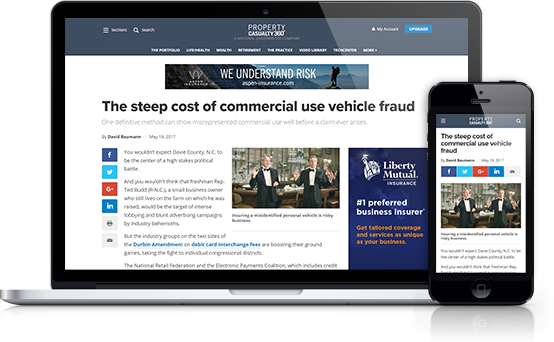The National Oceanic Atmospheric Administration (NOAA) has put the final touches on a system designed to alert U.S. territories when a tsunami strike seems imminent.
The system was initiated shortly after a devastating tsunami killed more than 300,000 Indonesians on Dec. 26, 2004. The gargantuan wave was caused by an earthquake in the Indian Ocean. Because the Pacific and Indian Oceans have a high percentage of convergent faults, tsunami occurrences are more common, with more than 80 percent of all tsunamis taking place in that region. The Pacific, alone, accounts for three out of four tsunamis.
The NOAA warning system consists of 39 buoys called deep-ocean assessment and reporting stations ( DARTs ). They consist of a bottom pressure sensor anchored to the seafloor and a companion moored surface buoy. The NOAA said that an acoustic link transmits data from the bottom pressure sensor to the surface buoy, and then satellite links relay the data to NOAA tsunami warning centers. The tsunami warning system in turn provides alerts to coastal communities not only in the Pacific, but also the Atlantic, Caribbean, and the Gulf of Mexico. The NOAA said that DARTs are now positioned in every seismic zone that could generate a tsunami that would affect the U.S.
Recommended For You
Want to continue reading?
Become a Free PropertyCasualty360 Digital Reader
Your access to unlimited PropertyCasualty360 content isn’t changing.
Once you are an ALM digital member, you’ll receive:
- Breaking insurance news and analysis, on-site and via our newsletters and custom alerts
- Weekly Insurance Speak podcast featuring exclusive interviews with industry leaders
- Educational webcasts, white papers, and ebooks from industry thought leaders
- Critical converage of the employee benefits and financial advisory markets on our other ALM sites, BenefitsPRO and ThinkAdvisor
Already have an account? Sign In Now
© Touchpoint Markets, All Rights Reserved. Request academic re-use from www.copyright.com. All other uses, submit a request to [email protected]. For more inforrmation visit Asset & Logo Licensing.







